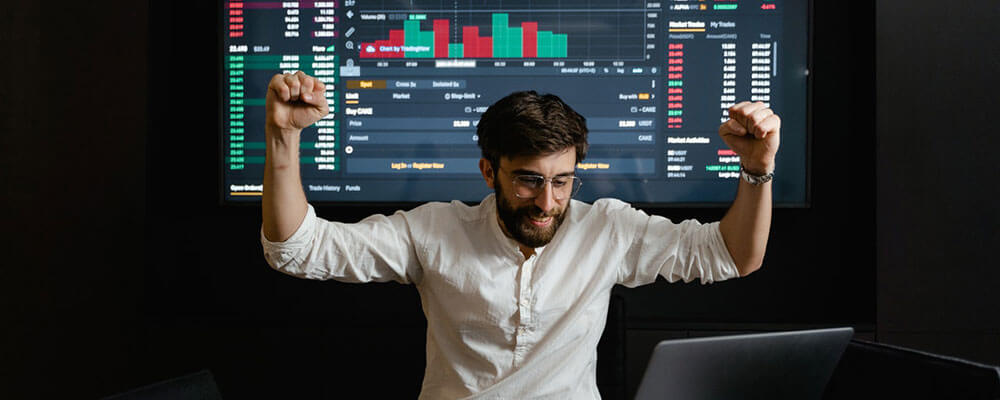The importance of the trading simulator and how to properly transition to a real account

Among the questions I receive often, the most frequent is: "When do I know when to trade on a real account and risk real money?"
Many people don't even want to try to practice in the simulator before starting trading a real account, thus risking money they can't afford to lose, with the illusion that their account will grow. I call this an inconsequential attitude!
In this article, I want to tell you how important the simulator is and how it made a difference in my learning prior to trading on a real account.
When we start our trading journey, we say that we will do everything right – after all, we want to be successful and make money. Then, without proper preparation, we put real money at risk and end up losing it. Thus, many blow their accounts, that is, they lose all the money they have and, sometimes, even what they couldn't afford to lose.
When traders take the simulator seriously and practice starts, they usually do it because they've already had a big financial loss. Unfortunately, this is how people begin to understand that, in a profession where only 5% of people are successful in the market, it takes a lot of training and preparation in the simulator.
I don't know anyone, in any profession, who has achieved something without preparation and dedication. Trading is no different. It is one of the most difficult professions in the world because it involves human instincts, discipline, emotions, and the pressure of knowing that it's all up to you and only you to be profitable at the end of the day.
1. Study
There are learning stages for a trader. The simulator is a fundamental step in learning to use the platform that will be your work tool, in addition to understanding how to use it in the best way possible.
Training and strategy testing will be essential until you find the best strategy to understand the market. As I always say, there is no such thing as a miracle setup: making money in day trading is easy, but at the same time it can be the hardest money in the world if you are not prepared.
2. Practice
The simulator will help you practice your trading strategy, in addition to understanding how to place trades fast and flawlessly. It could be months of training and a lot of learning, as it will not be a good week or month that will get you ready to trade a real account. Nobody goes to the Olympics believing they're going to win the gold medal without the proper preparation.
When you notice that you are getting positive and constant results in the simulator, be sure you realize and understand how you are getting the results from. How well you are executing your strategy. Where did you enter? Why did you trade? How did you feel during the trade and how much did you risk?
A positive month in the simulator is useless if you don't know what the process was for getting the good results – and how you will achieve them again.
3. Do not give up
When the simulator phase passes, you go to the real account – and you start doing nothing that you learned. This is because, when starting on the real account, we have a new learning curve ahead. We are risking our money, and we don't want all the effort in our studies to be wasted.
In a real account, we have a new learning challenge: dealing with our emotions. This is the hardest stage. It's no use going back to the simulator because there you'll get everything right. You already know how to do it, just not on a real account.
Then you will have to face the losses, learn to deal with your beliefs. And this is where most people will differentiate themselves. I don't know anyone who achieved success without being emotionally strong and without learning how to get through the tough times.
When you adjust your technique and know how to execute it, but then when it's time to put it into practice on the real account, you can't, it's no use going back to the simulator and thinking “I'll get everything right here”.
4. You can do it
Once you start trading a real account, it's a good idea to start with small lots or contracts (10 shares or 1 contract). This will let you practice the technical aspects of your trading and some emotions.
I hope I was able to share with you a little bit about the proper way to practice in the simulator. I shared important factors, such as: when is the time to think about trading in the real account; the emotional challenge this will bring to your life; and the importance of patience in waiting for you to gain experience and time. All of this can only be achieved with practice, even if you have losses along the way.